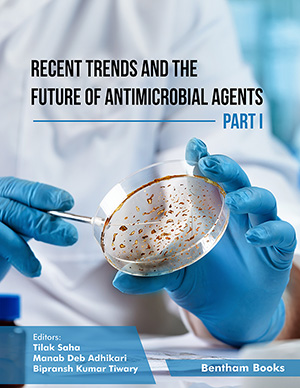Abstract
With the changing environment, microbial pathogens continuously develop
antibiotic resistance (AR). As a response to this host-pathogen interaction, host
organisms sometimes develop a strategy to stay ahead of the AR developed by
pathogens. These molecules are small peptides known as antimicrobial peptides
(AMPs). These peptides are short in length, specific in structure and thus have a unique
mechanism of action. The uniqueness and specificity in the mechanism come due to the
positively charged amino acids which are responsible for initial interaction among
AMPs and the negatively charged membrane of the pathogenic cell. Microbes do not
develop much ABR against AMPs because of the absence of epitopic regions on
AMPs. This property makes AMPs the new therapeutic strategy against microbes.
Here, we present a review of the AMPs, their sequence, structure, classification,
mechanism of action and the computational strategy developed so far to identify new
and improved AMPs that can be used as therapeutic agents.
Keywords: Antimicrobial peptides, Antibiotic resistance, Amphipathicity, Hydrophobic moment, Therapeutics, Structural classes, Zwitterionic lipids.






















